Today we go back to our roots - Burdock root, that is!
This amazing plant has been appreciated for thousands of years for its ability to detoxify the blood, cleanse the lymphatic system and nourish the skin… But that’s not all!
“Many of you know this herb, right? Burdock. But if you take the root and boil it, don’t you know that you will be energized?” - Dr. Sebi.
Staying Rooted
Burdock (Arcitum Lappa) has been used throughout the world for its blood-purifying, anti-inflammatory and antibacterial properties. Native to Asia and Europe, burdock now grows throughout most of the US (where it’s mainly considered a weed).
This crunchy root is a member of the Asteraceae family (which also includes thistles). Burdock root is also called:
- Beggar's Buttons
- Butterbur
- Edible Burdock
- Gobo (its Japanese name)
- Greater Burdock
- Happy Major
- Lappa
- Niúbàng (its Chinese name)
- Thorny Burr
- U-eong (its Korean name)
In the first year of growth the plant forms a rosette of leaves that expand up to 3 feet across. In the second year, a tall stalk extends from the rosette growing large heart-shaped, wavy green leaves. The leaves are a dark green on the upper surface and wooly underneath.
Burdock roots grow up to 1 inch in diameter and up to 3 feet into the soil. From July onwards, Burdock produces small purple flowers that look similar to a thistle. It also produces small brown spiky burrs that stick to your pants, shoes, pets, or pretty much any surface they come into contact with.
You’ll find burdock growing in abandoned fields, by roadsides and in moist, nitrogen rich soil throughout the countryside. When dried, burdock root’s outer skin becomes thin and crispy, while the inside texture remains tender yet crunchy.
Burdock root is brownish green and sometimes almost black in color. It has a fairly strong, earthy and sweet flavor. It’s often used in soups, stews, stir fries and other veggie dishes, especially in Chinese, Japanese and Korean cuisine.
Burdock Root Properties
Here are the main reasons burdock root has been so popular for thousands of years across Europe and Asia:
- Antioxidant - Burdock root neutralizes free-radicals with luteolin, quercetin and phenolic acids, which reduce inflammation and protect your body from oxidative stress.
- Blood Purifier - Herbalists have been using burdock root to purify the blood for hundreds of years, it increases blood and lymph circulation helping to remove toxic heavy metals.
“In addressing the blood we have burdock.” - Dr. Sebi.
- Diaphoretic (increases sweating) - Burdock root helps your body remove both water-soluble and fat-soluble toxins via perspiration through the skin and sebaceous glands (sweating can remove a lot of toxins!).
- Digestive Health - Burdock root provides your body with non-digestible fiber (inulin) which is a ‘prebiotic’ – food for good bacteria. Inulin mops up toxins from the gut and encourages gut lubrication, helping you eliminate excess waste while protecting the lining of the gut.
- Diuretic - Burdock root stimulates the kidneys; helping them process urine and remove waste from the body, preventing fluid retention and balancing blood pressure.
- Liver Health - Burdock root supports the liver (and gallbladder) to break down and process fats, it also nourishes a ‘sluggish’ liver back to vitality (reversing liver damage in ‘alcoholic’ rats).
- Lymphatic System - Burdock root has the sought after property of stimulating the body’s internal cleansing, encouraging a physical deep clean that detoxifies and drains out waste.
- Nutrition - Burdock root contains slow-release carbohydrates, fiber, plant sterols, tannins and fatty oils, and is high in magnesium and potassium, phosphorus, chromium, cobalt, iron, magnesium, silicon, zinc, and sodium.
- Oxygenation – naturally rich in bioavailable iron fluorine; burdock roots go deep into the earth to gather the magnetic metal crucial for our own blood and breath.
“It is impossible for you to get sick if your iron level is up to par.” – Dr. Sebi.
- Scalp Health - Burdock root oil extract is used in Europe to treat the scalp and expunge localized toxins which cause irritation, flaky skin and hair loss.
- Skin Health - Burdock root is revered in Traditional Chinese Medicine (TCM) and other traditional healing systems to support skin health. Phytochemicals called ‘polyacetylenes’ reduce the bacteria that cause acne, and lignans promote youthful elastic skin.
Burdock root has also been used for hundreds of years to treat:
- Arthritis
- Bladder stones
- Colds
- Constipation
- Fever
- Flu
- Fluid retention
- Gout
- Infections
- Intestinal disorders
- Kidney stones
- Rheumatism
- Syphilis
Burdock Root Miscellany
Bet you didn’t know this about Burdock!
- Drinking dandelion with burdock was invented in the 13th century. St. Thomas Aquinas prayed to God for herbal inspiration and made a concoction from the first two plants he saw, the non-alcoholic drink remained popular in the UK for many centuries and inspired ‘root beer’ in the US.
- In Russia, burdock root is used as a potato substitute and in 1896 inspired author Leo Tolstoy to write "Black from dust but still alive and red in the center... It makes me want to write. It asserts life to the end, and alone in the midst of the whole field."
- Pickled burdock root is used in the Japanese sushi dish ‘burdock makizushi’ and in World War II, Japanese soldiers carried bayonets in black scabbards called ‘juken,’ nicknamed gobo ken or “burdock sword” because of its resemblance to the powerful root.
- Burdock’s burrs were the inspiration for Velcro, invented by Swiss engineer Georges de Mestral in 1941 after he became ‘attached’ to them.
- Burdock is a galactagogue (it increases the flow of breastmilk) and eating the root is grounding (neutralizing positive ions) because the roots travel deep into the earth.
- In Asia Minor (the Asian part of Turkey) burdock is used to ward off curses from the “evil eye.”
Preparing Burdock Root
- Take the roots and wash all the dirt off with cold water.
- Peel the outer skin off (this is optional, when the skin is left on burdock root tastes sweeter.)
- Cut into chunks and preserve them in water to keep them fresh.
- You can add your burdock root to soups, stews, and any vegetable dish of your liking.
- You can also add boiling water to steep it and then drink it as an energizing tea.
“You know the burdock plant...It has energy, Iron is electrical.” - Dr. Sebi.
Burdock has been busy providing an astonishing number of therapeutic and nutritional benefits for thousands of years! But for all its amazing attributes, it’s still an underrated herb that deserves a lot more attention. If you want to discover the energizing and purifying qualities for yourself you can find burdock root in Dr. Sebi’s Bio Ferro and Dr. Sebi’s Banju.
Moving Forward
Would you like to cleanse the debris of a difficult year and nourish yourself with the energy and enthusiasm to take on new challenges? Motivation is more than a mood; it’s the physical manifestation of a body and mind ready for action!
Mother Nature gifted us all with the plants and herbs we need to thrive. What other unsung herbal heroes are quietly improving lives? Stay tuned to discover more about some of Dr. Sebi’s favorite herbs. Which ones could improve your health, happiness and natural harmony?













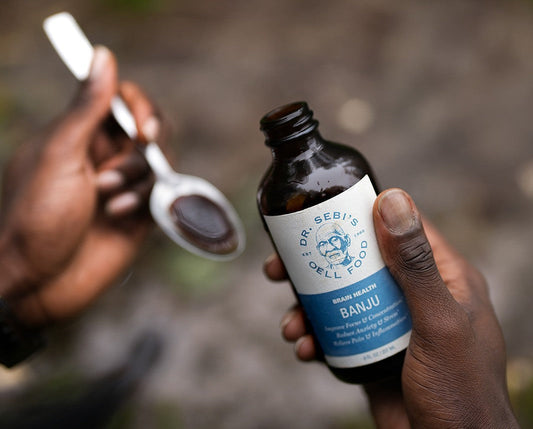
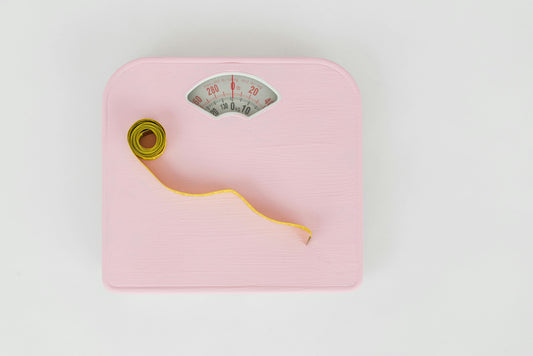

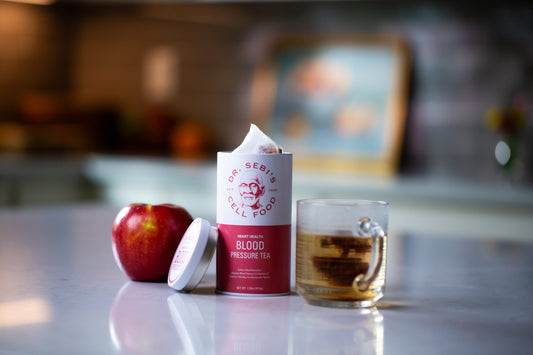
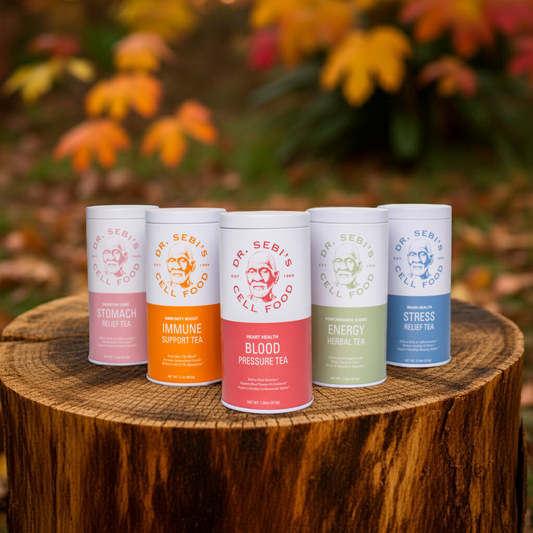
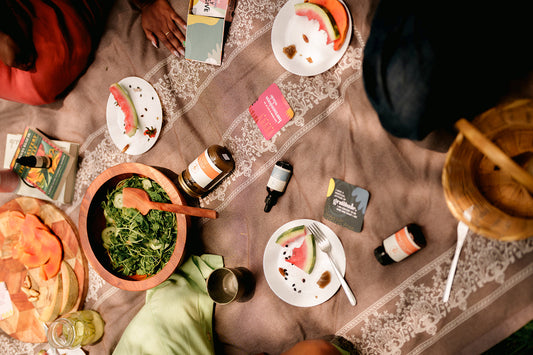
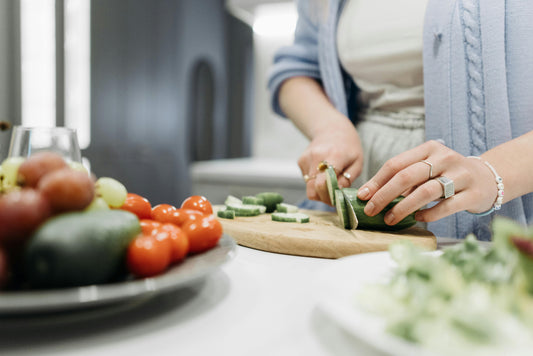

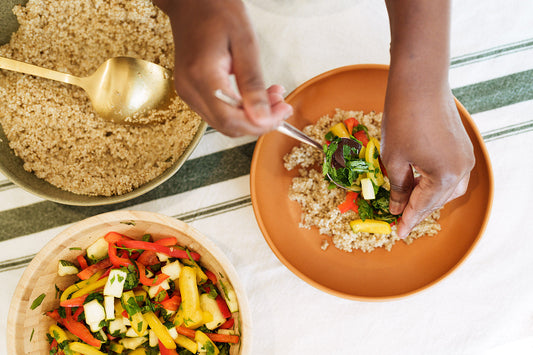



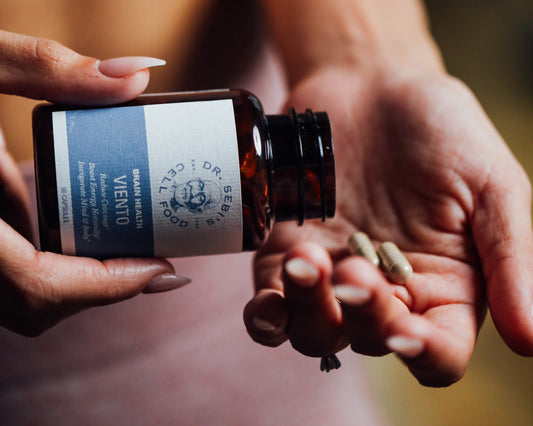
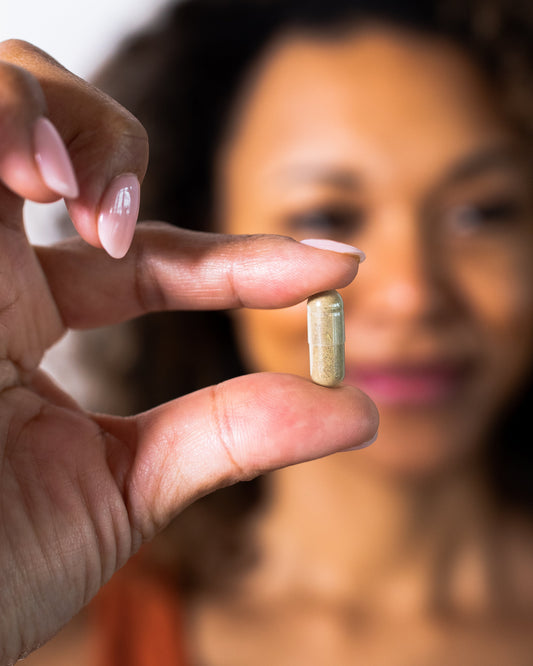

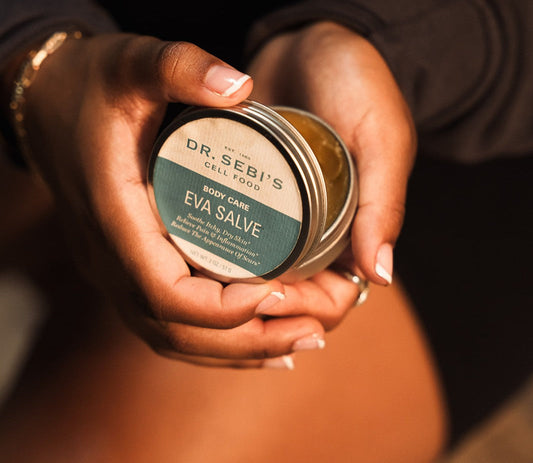
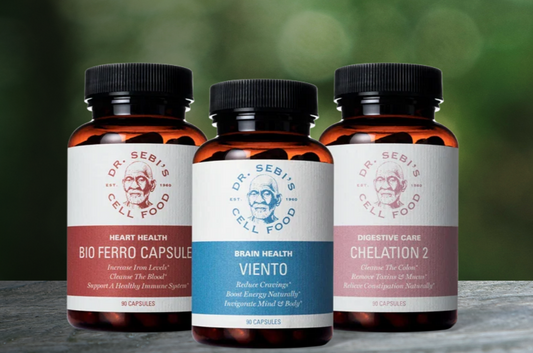
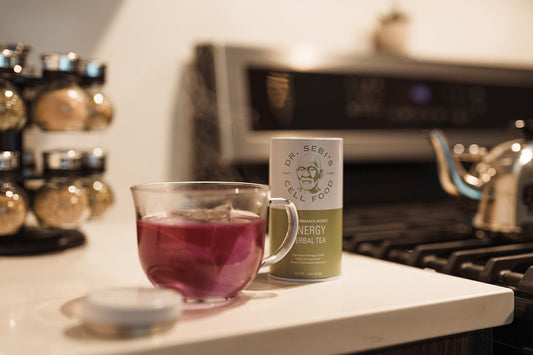
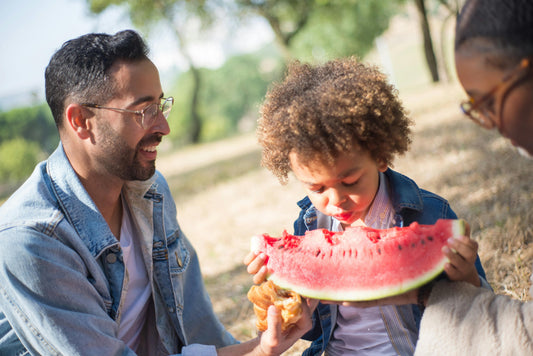
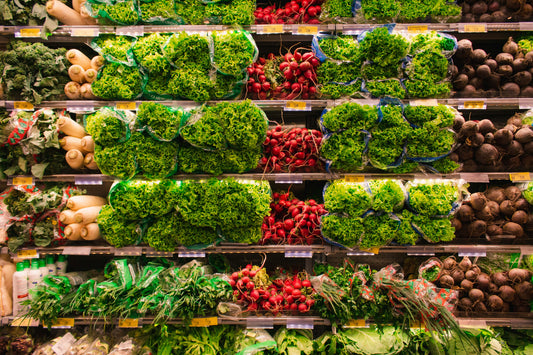
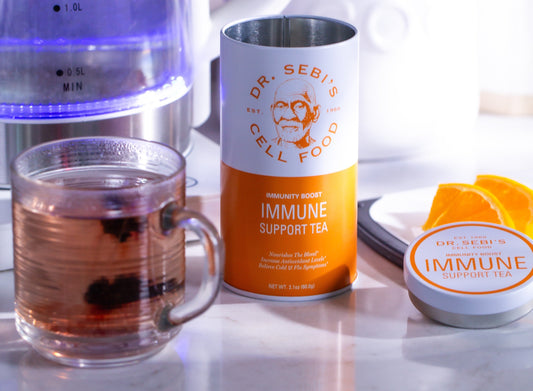

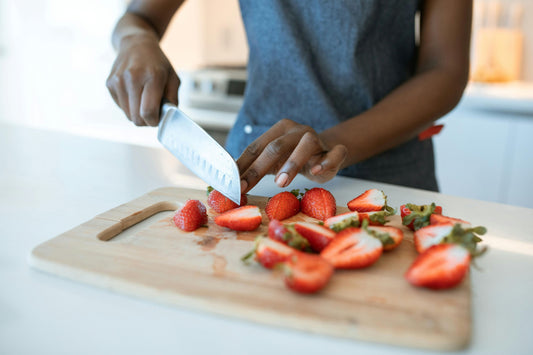

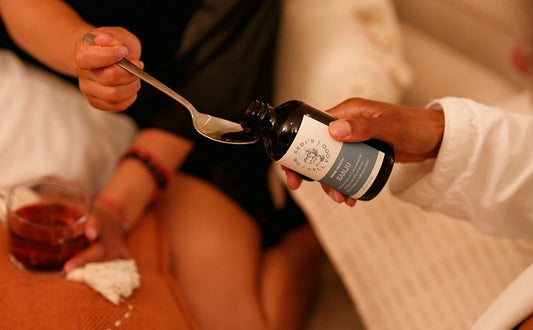
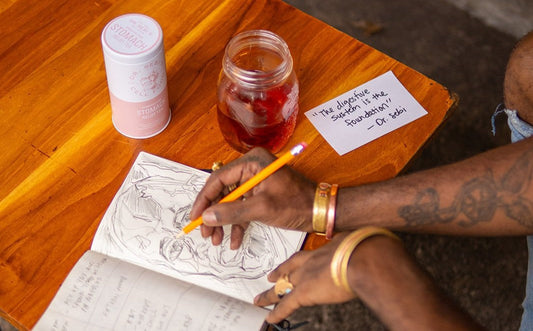

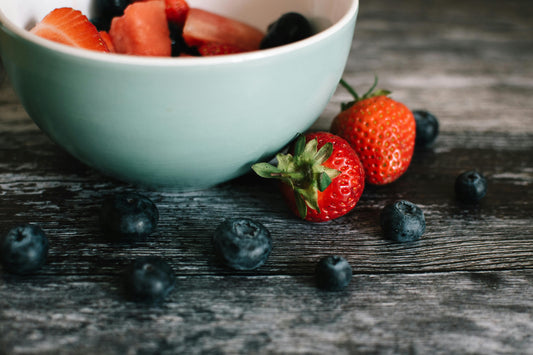
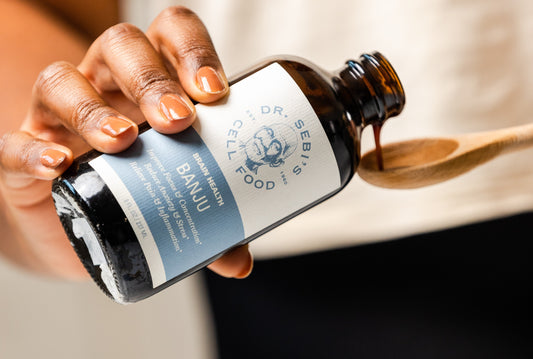
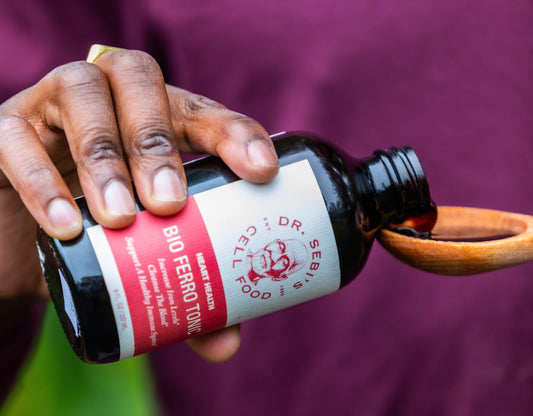

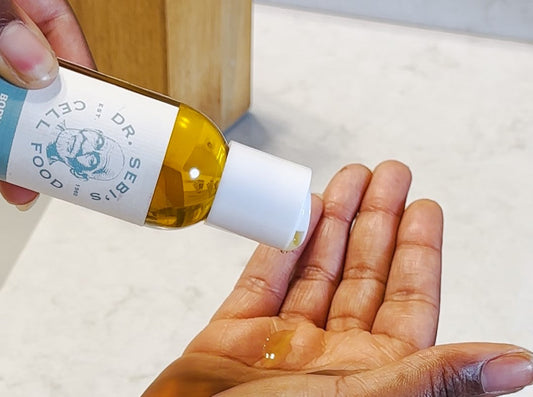



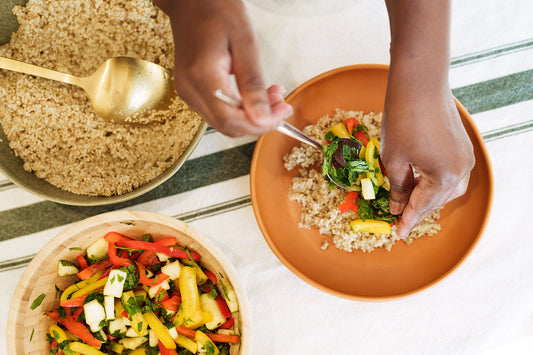
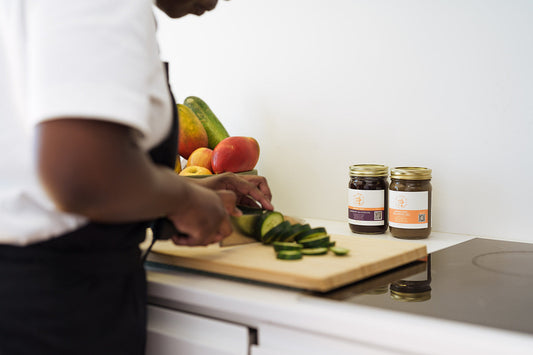
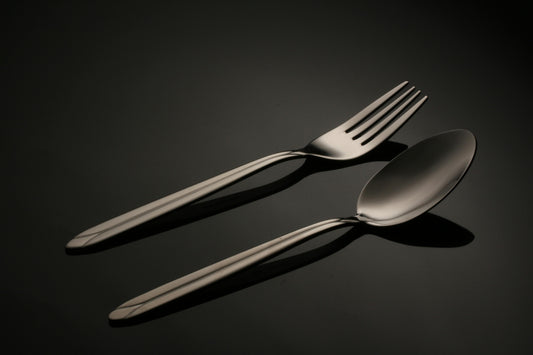
4 comments
Ehere is the links to order Burck root along with other different things that Dr sebi discovered
Does Burdock,dandelion help with prostititus and prostate cancer ?
I’m interested in healing.
Thank you for the advice and information instead of chemicals for thinning and cleaning the blood what do Dr Sebi advise ? Thank you